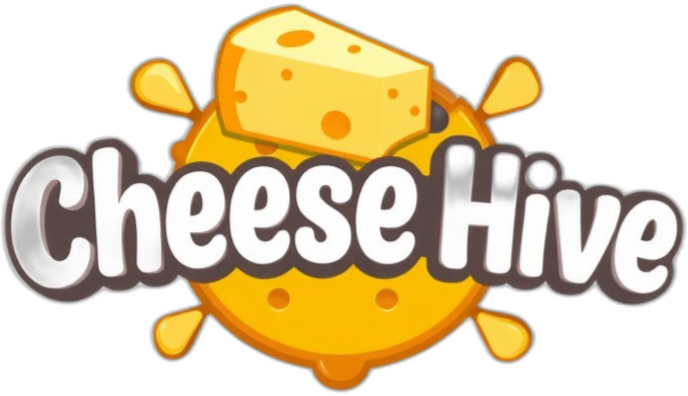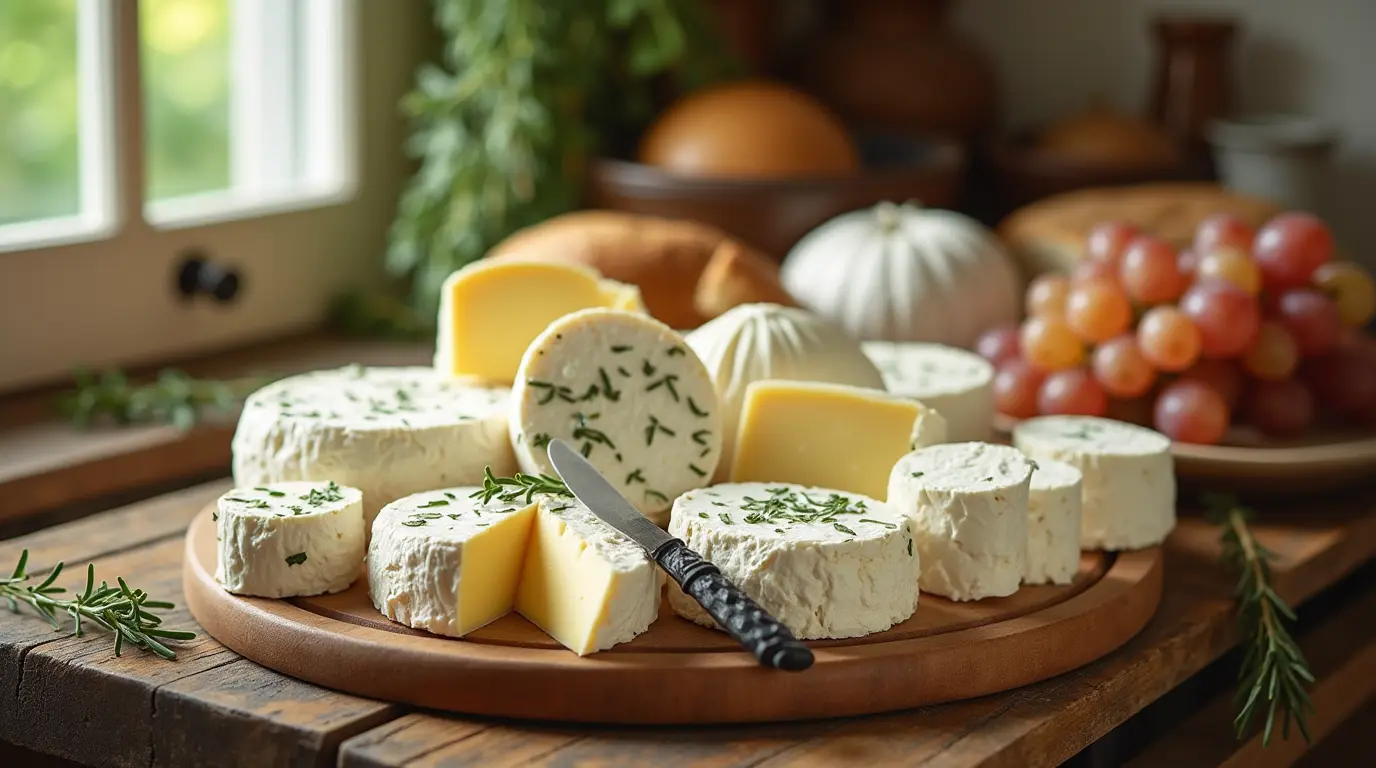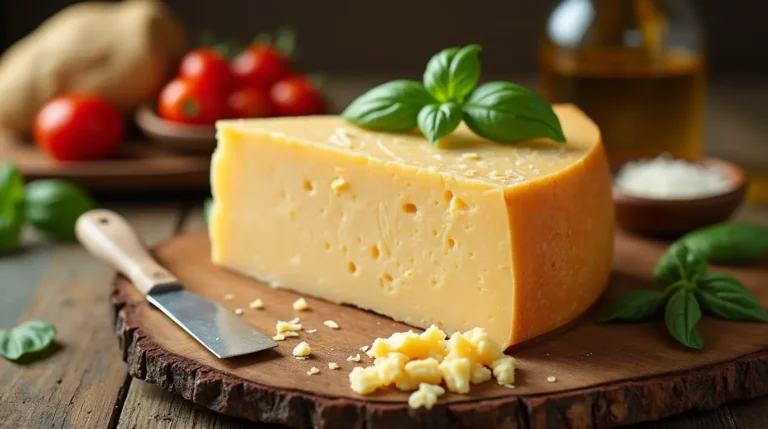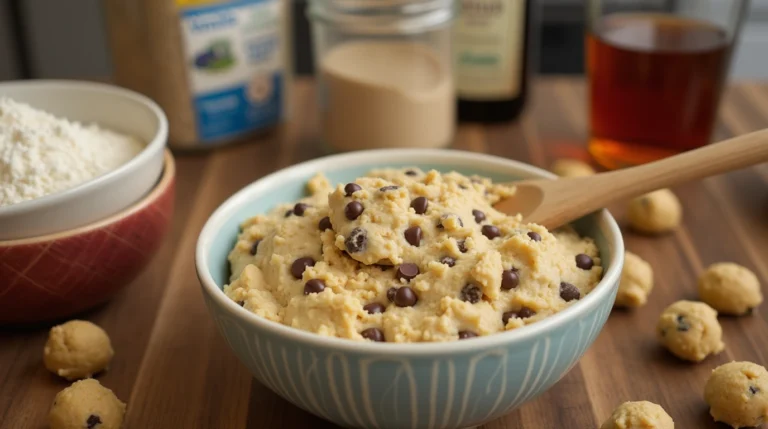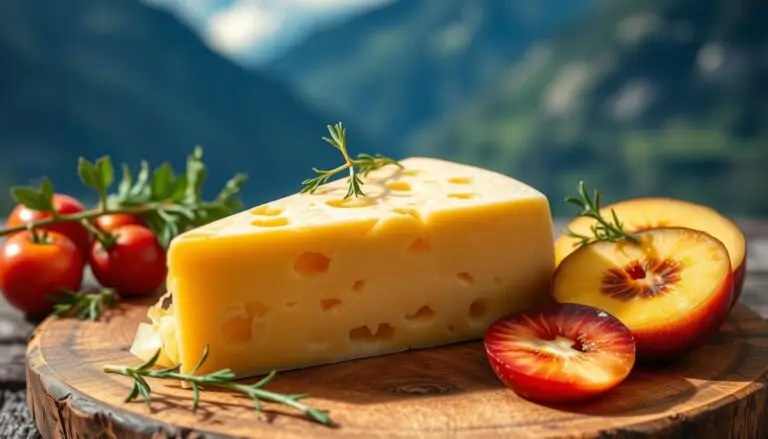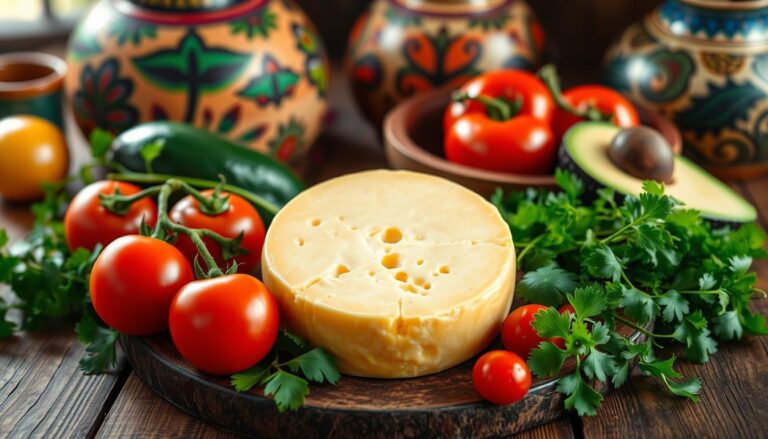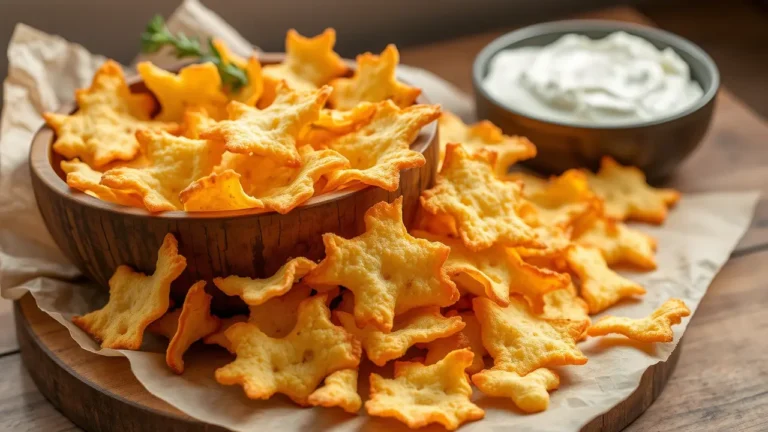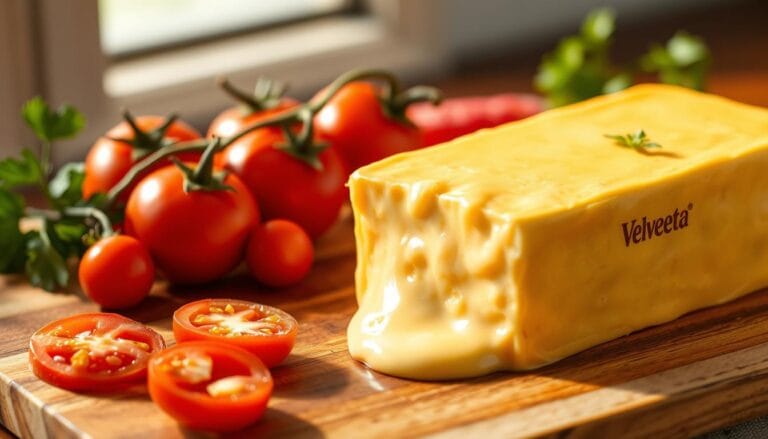The Art of Chevre – From Tradition to Innovation
Few cheeses are as versatile and delicious as chevre. This creamy, tangy cheese is a traditional staple of many cultures and continues to delight foodies and home chefs alike. The unique taste and texture of chevre make it an essential for cheese lovers.
This guide will take a journey into the rich history of cheeses like chevre, their production process, popular types, food pairings and health benefits. It also explains sustainability practices that are shaping its future. You’ll feel confident and excited to explore the world chevre cheese.
Table of Contents
Why is Chevre so special?
The French word for goat is just as closely associated with French culture as wine and baguettes. Its roots date back to thousands of years and are rooted in Mediterranean and Middle Eastern food. In the past, goats were prized for being adaptable, which made them an ideal livestock to live in rugged terrains such as Greece, Spain and France.
Chevre is distinguished by its creamy texture and light, tangy taste. Its ability to maintain both subtle sweetness as well as bold tangs makes it a favorite among chefs around the world.
Jane Dupont is a French cheesemonger who says that when you eat chevre you are not only enjoying cheese, but you are also savoring hundreds of years of tradition.
Making of Chevre
The art and science of creating chevre are both important. Traditional chevre is created by fermenting goat milk with specific bacteria cultures, curdling the mixture with rennet and then allowing it drain until it reaches the desired consistency. This is a breakdown of the typical steps to make chevre:
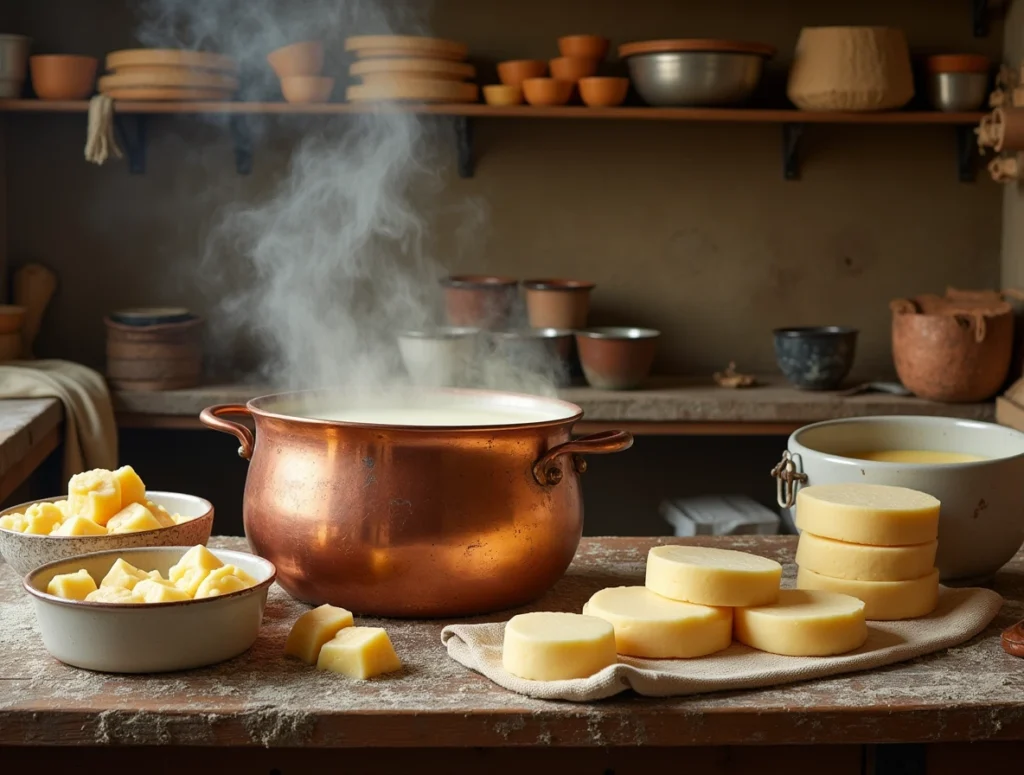
Traditional Methods
- Culturing Milk
The starter cultures are added to goat’s milk after it has been gently heated. These cultures are responsible for the mild tanginess of chevre.
- Adding Rennet
Rennet is added into the milk to encourage curdling and separate the curds from whey.
- Draining Curds
Curds are ladled carefully into cheesecloths or molds to drain excess whey.
- Aging and Shaping
The chevre can be aged for several days or weeks, depending on the desired style. This will create a more complex and firmer chevre.
Modern Enhancements:
Modern production uses advanced technologies to increase production without compromising quality. The vacuum-sealed packaging, along with consistent pasteurization, ensures that chevre is delivered to homes around the world without compromising its taste.
Popular Chevre Varieties
Chevre comes in many varieties. Each one has its own unique flavor and texture. Here are a few popular types:
Fresh chevre, which is mild and spreadable, is ideal for beginners. Its soft texture is perfect for crackers and as a base for sandwiches.
- Ash-Ripened Chevre
This variety has a slightly earthy undertone due to a thin layer of edible ash. The texture can range from being creamy to becoming firmer with age.
- Herb-Infused Chevre
This chevre can be blended with herbs such as dill or chives to add flavor to pastas and salads.
- Aged Chevre
This variety is a great match for bold wines such as Syrah and Cabernet Sauvignon.
- Rolling Chevre logs in toppings
They are usually coated with cranberries or nuts and spices to make them visually appealing.
Pairing cheese with food and drinks
The versatility of chevre is one of its greatest assets. When paired with other ingredients, it can enhance a wide range of dishes and create flavor combinations that are memorable.
Food Pairings:
- Bread
Combine fresh chevre and crusty artisanal bread for an easy yet delicious experience.
- Salads
The crumbled chevre gives green salads a creamy and tangy flavor, especially if you pair it with sweet ingredients like dried cranberries and pear slices.
- Pasta
Pour melted chevre over warm pasta to create a creamy, rich sauce. It’s lighter and creamier than other heavy cream alternatives.
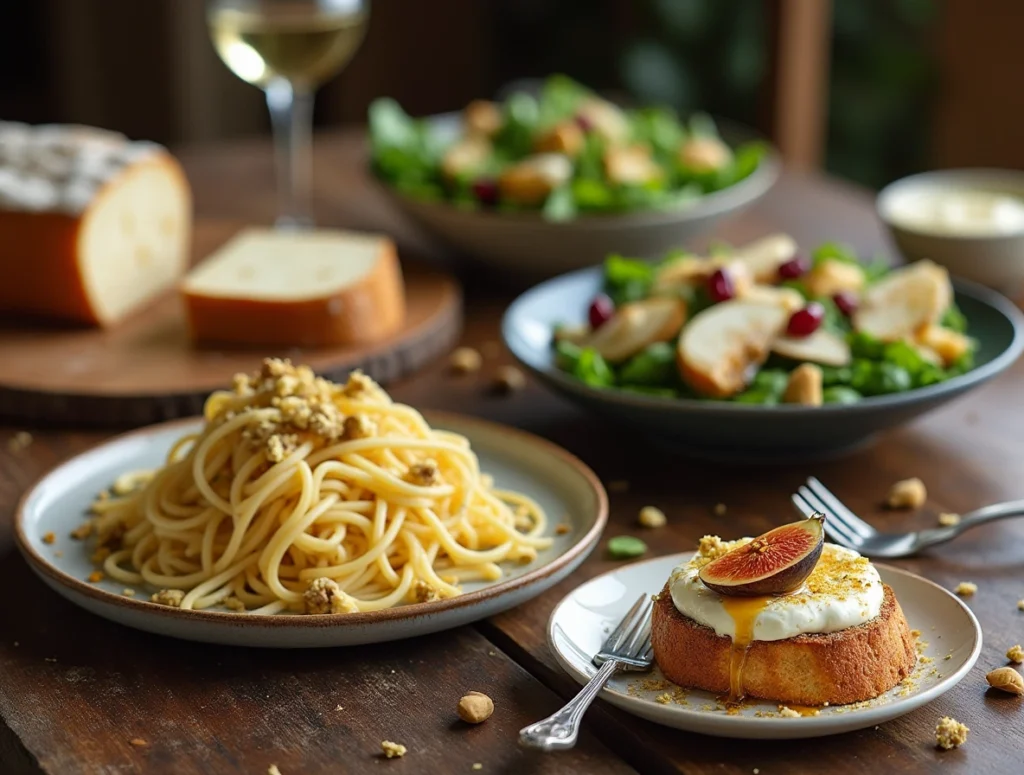
Drink Pairings:
- Sparkling Water
The fizz of sparkling chevre water is a great complement to the freshness of the chevre, and it has a cleansing effect on your palate.
Try this simple, unique recipe at home.
Chevre Bruschetta with Honey
- Spread fresh chevre over slices of toasted Baguette.
- Sprinkle crushed pistachios and drizzle with honey.
- Add a thin slice fig to add sophistication.
Chevre: Health Benefits
It is not only delicious but also has a high nutritional value.
- Easy to Digest
Goat’s Milk contains less lactose than cow’s, so it is easier for sensitive stomachs to digest.
- Rich in Essential Nutrients
The chevre is a rich source of calcium, vitamin A and protein that supports muscle and bone repair.
- Reduce Calories, Fat
Chevre cheese is lower in fat and calories than other cow’s-milk cheeses such as cheddar.
Here’s a general nutritional breakdown for chèvre cheese (per 100 grams):
| Nutrient | Amount |
|---|---|
| Calories | 300 kcal |
| Protein | 21 g |
| Total Fat | 24 g |
| – Saturated Fat | 18 g |
| – Monounsaturated Fat | 5 g |
| – Polyunsaturated Fat | 0.5 g |
| Cholesterol | 35 mg |
| Carbohydrates | 1 g |
| – Sugars | 0 g |
| Fiber | 0 g |
| Calcium | 180 mg |
| Vitamin A | 320 IU |
| Vitamin C | 0 mg |
| Sodium | 500 mg |
Please note that the nutritional content can vary slightly depending on the specific brand and the exact type of chèvre cheese, but this table provides a solid general overview.
Dana Wallis is a food sustainability expert. She says that “Chevre not only pleases your palate, but also your body.”
Buy and Store Chevre
Look for packaging that indicates consistency and freshness when shopping for chevre. A high-quality chevre will have a tangy, clean aroma that is not sour.

How to store Chevre
- Keep chevre fresh in its original container in the refrigerator, tightly sealed.
- Wrap the aged chevre with wax paper once it has been opened to keep it fresh and allow it to breathe.
Signs Chevre Has Spoiled:
- Unpleasant, sour smell.
- Yellowing or spots are examples of color changes.
- Texture that is too dry or slimy
The Future of Chevre
The world of chevre continues to evolve, with trends that focus on sustainability and new flavors. The practices of goat farming are becoming more eco-friendly, which ensures that chevre is both delicious and ethical.
Mark Rivera, culinary innovator, says that the future of chevre looks bright.
Chevre: Discover the joy of Chevre
From its rich culinary history to its modern applications, chevre continues delighting cheese lovers around the world. You can enjoy chevre in many different ways, whether you are a first-time user or want to try a variety with herbs.
Discover the endless possibilities of chevre. Subscribe to our Newsletter for more culinary inspiration and insights!
FAQ About Chevre
What is chevre ?
The cheese is made with goat milk. The name is derived from the French word “chèvre”, highlighting both its origins as well as its key ingredient. It’s known for its creamy texture, tangy taste and can vary from mild to robust depending upon its age.
How do I store chevres?
For a chevre to remain fresh, it should be kept in the fridge, ideally, in an airtight container. It should be tightly sealed if it’s still in its original packaging. Fresh chevre can be eaten within a few days, but aged varieties will last for longer.
How can you use chevre to cook?
Chevre has a wide range of uses! It can be used on crackers, bread, in salads, to stir into pasta or top pizzas. This spread is also delicious with honey, fruit, and nuts for an elegant yet simple appetizer.
Can people with lactose allergies consume chevre?
Goat’s Milk, and therefore chevre as well, contains less lactose compared to cow’s, which makes it easier for those with lactose intolerant to digest. Tolerance levels can vary so you should consult your doctor if in doubt.
Do you have different types of chevres?
You can find chevre in many different forms. From soft, fresh styles to aged, firmer varieties. You can find chevre that has been infused with spices, herbs or even ash to create unique flavors. Each one offers a delicious culinary experience!
Subscribe to our newsletter to get the latest ideas and tips.
